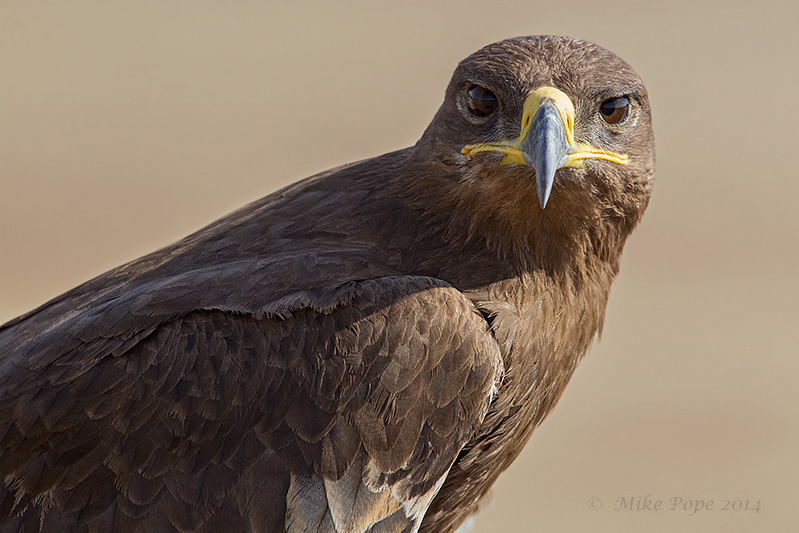I was able to get out for a few hours in the afternoon (which made a change from early morning birding) and started at the outfall in Sulaibikhat; it was heaving with wintering Common Black-headed Gulls and a few larger white-headed Gulls amongst them.
 |
| Masses of Common Black-headed Gulls (Chroicocephalus ridibundus) |
 |
| Male Finsch's Wheatear (Oenanthe finschii) |
Last stop was Jahra Pools which has water, extensive reed beds and is looking good for the coming winter. Late afternoon in the reserve creates a few challenges from a photographic perspective as for many of the pools you have the low winter sun in front of you. In one of the open marshy areas there were good numbers of waders; primarily Dunlin, but also numbers of Little Stint
 |
| A vocal Little Stint (Calidris minuta) |
 |
| Squabbling Little Stint's (Calidris minuta) |
 |
| Temminck's Stint (Calidris minuta) |
 |
| Mid-air squabble; Pied Kingfishers (Ceryle rudis) |
I found at 3 male Citrine Wagtails, each with differing plumage's.
 |
| One of the 3 Citrine Wagtails (Motacilla citreola) seen |
 |
| A vocal Citrine Wagtail (Motacilla citreola) |
as well as a late Yellow Wagtail
 |
| A late Western Yellow Wagtail (Motacilla flava flava) |
 |
| Purple Heron (Ardea purpurea) |
 |
| Male Northern Pintail (Anas acuta) in the late afternoon |
 |
| Male Northern Shoveller (Anas clypeata) |
 |
| Female Eurasian Teal (Anas crecca) |
 |
| Ferruginous Duck (Aythya nyroca) |
 |
| Departing Eurasian Coot (Fulica atra) |
 |
| Eurasian Sparrowhawk (Accipiter nisus) |
 |
| Western Osprey (Pandion haliaetus) roosting for the night |
 |
| Female Caspian Stonechat (Saxicola m. hemprichii) |
 |
| Female Caspian Stonechat (Saxicola m. hemprichii) in the golden hour |
and lastly a Daurian Shrike that had found it's perch for the night, before I headed home for my dinner.
 |
| 1st year Daurian Shrike (Lanius isabellinus) |












































